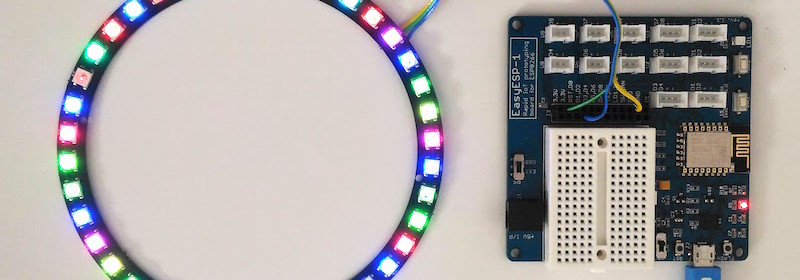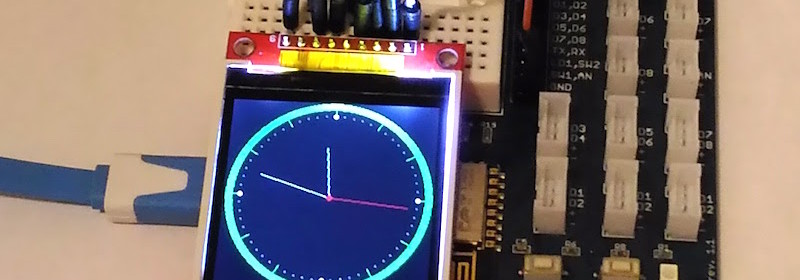IoT Energy Meter

This cloud-connected energy meter works in conjunction with the regular household power meter to provide detailed information about the electricity usage at home. Modern power meters have a LED blinking every time a watt-hour is used, the IEM detects these flashes using a interrupt, counts them, then the data is stored to the cloud. Usually power companies provide very rough electricity usage data, the IEM provides data with a minute resolution. Knowing the household electricity usage allows to extrapolate statistics and can give precise numbers about the costs.
Read more


